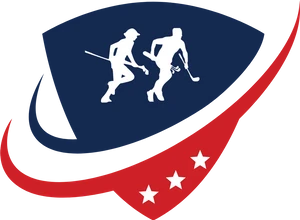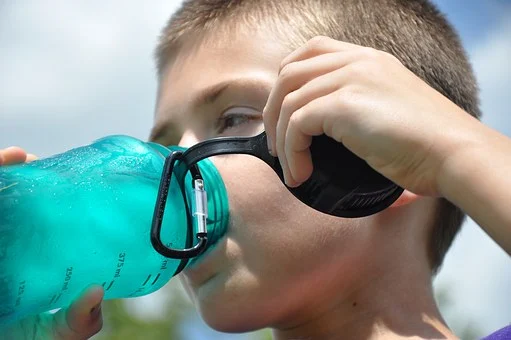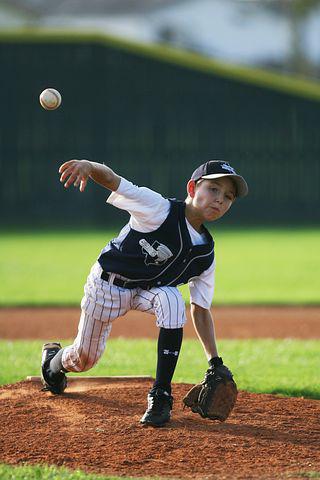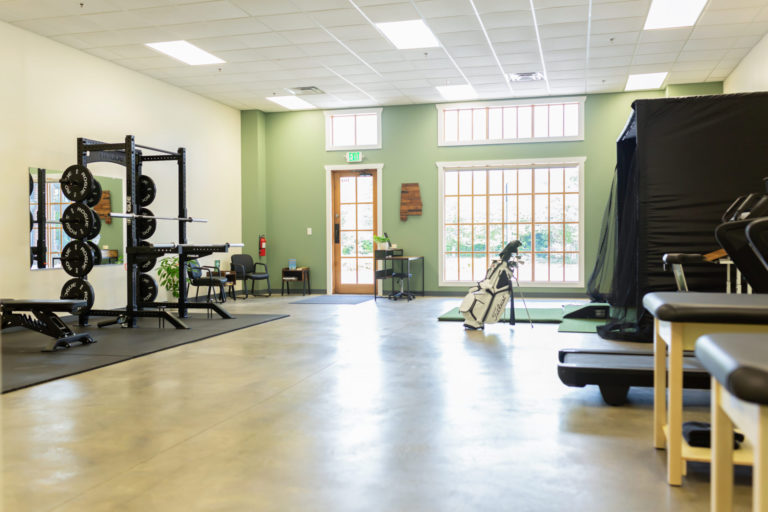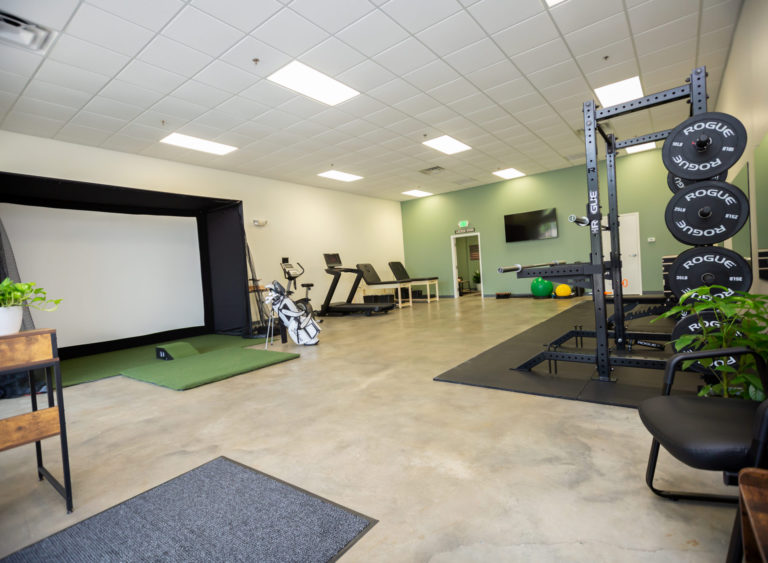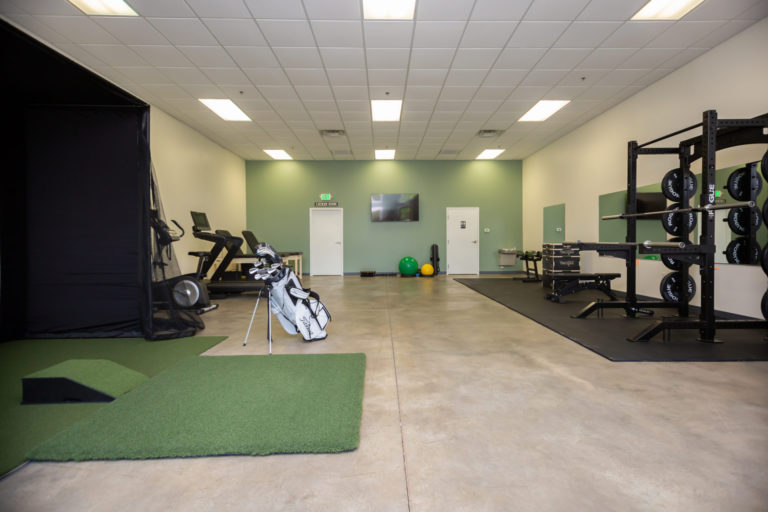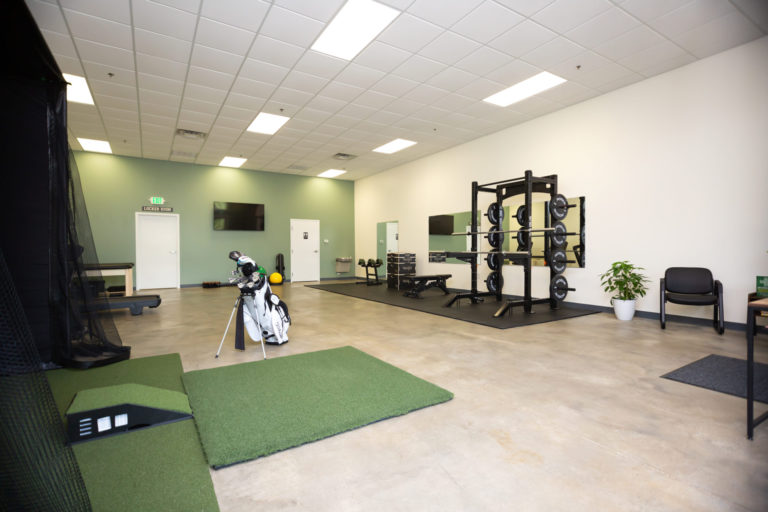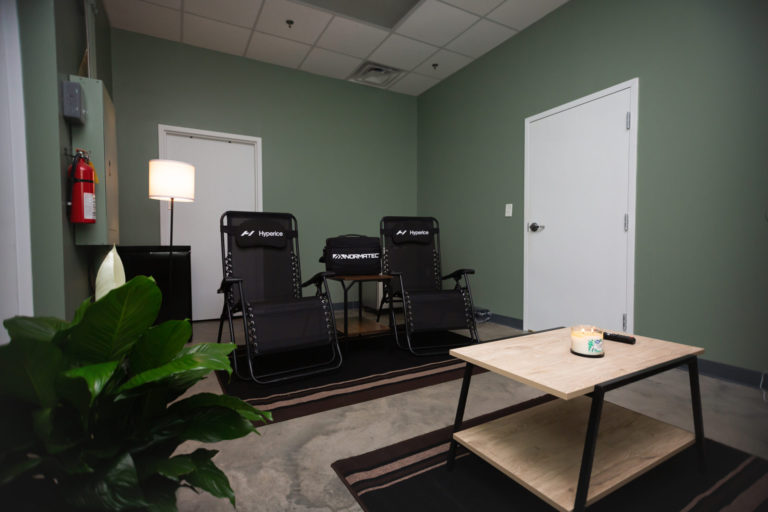The off-season is a critical time for any athlete, particularly those participating in overhead or throwing sports. Given the progressive loads to both the neuromuscular and cognitive systems throughout the regular season, it is imperative that restoration takes place.
Specifically for baseball players, the cumulative stress on the dynamic (muscle) and static (ligament/tendon) stabilizers of both the upper and lower extremities leads to a variety of changes over the course of a competitive season. This includes a loss of shoulder and elbow range of motion, decreased strength, loss of velocity, and increased pain (see here). Therefore, an individualized off-season program should provide the athlete, and the body tissue, ample time for recovery followed by a preparatory/transitional period leading back into the competitive season. This is what we call the off-season.
In a recent study, it was found that an off-season of adequate length was beneficial in the prevention of throwing injuries due to overuse (see here), specifically at the elementary school-aged level.
In another study, it was found that nearly 25% of youth baseball players reported an overuse injury or fatigue during a given season (see here). In this same study, 30% reported that arm pain sometimes led to them having less fun participating in the sport. In addition, 46% reported being encouraged to keep playing despite pain or fatigue.
The baseball player’s offseason should consist of time dedicated to rest, active recovery, and rejuvenation both physically and mentally. The two goals of an offseason training program are simply this:
- TO OPTIMIZE PERFORMANCE
- TO REDUCE INJURY RISK
(FYI: Did you know the most common injuries in baseball include hamstring strains, throwing arm injuries, lumbar muscle strains, hip adductor strains, and oblique muscle strains?)
Principles of the Off-Season Training Program
1. Regular Functional Assessments
2. Optimize Mobility
3. Develop Strength
4. Maximize Speed & Power
5. Enhance Core Control
6. Frequent Arm Care
In addition to the above, appropriate workload progressions for baseball-specific activities such as sprinting, hitting and throwing need to be continually monitored.
As an example of what we offer, this is a basic outline to our offseason baseball program:
Phase 1: Recovery
-Restore range of motion
-Soft tissue mobilization
-Joint mobilization/manipulation
-Active and passive stretching
-Maintain muscle function
-Address pain and tenderness
Phase 2: Reconditioning
-Low-load resistance training
-Emphasis on form/technique
-Continued arm care
Phase 3: Strength & Speed
-Increase work capacity
-Progressive resistance training
-High intensity functional and multi-directional movements
-Velocity enhancement
Phase 4: Pre-competition
-Sport-specific movements
-Low training volume, but high intensity training
-Resume arm care program
The bottom line is this: A lack of adequate training in the offseason may be reflected by higher injury rates in the early months of the season as acute workload quickly increases. Proper off-season programming should be designed to progressively build the athlete’s workload to best prepare for in-season demands and minimize the risk for injury.
This is what we are here to help with. This is what makes us Uncommon.



